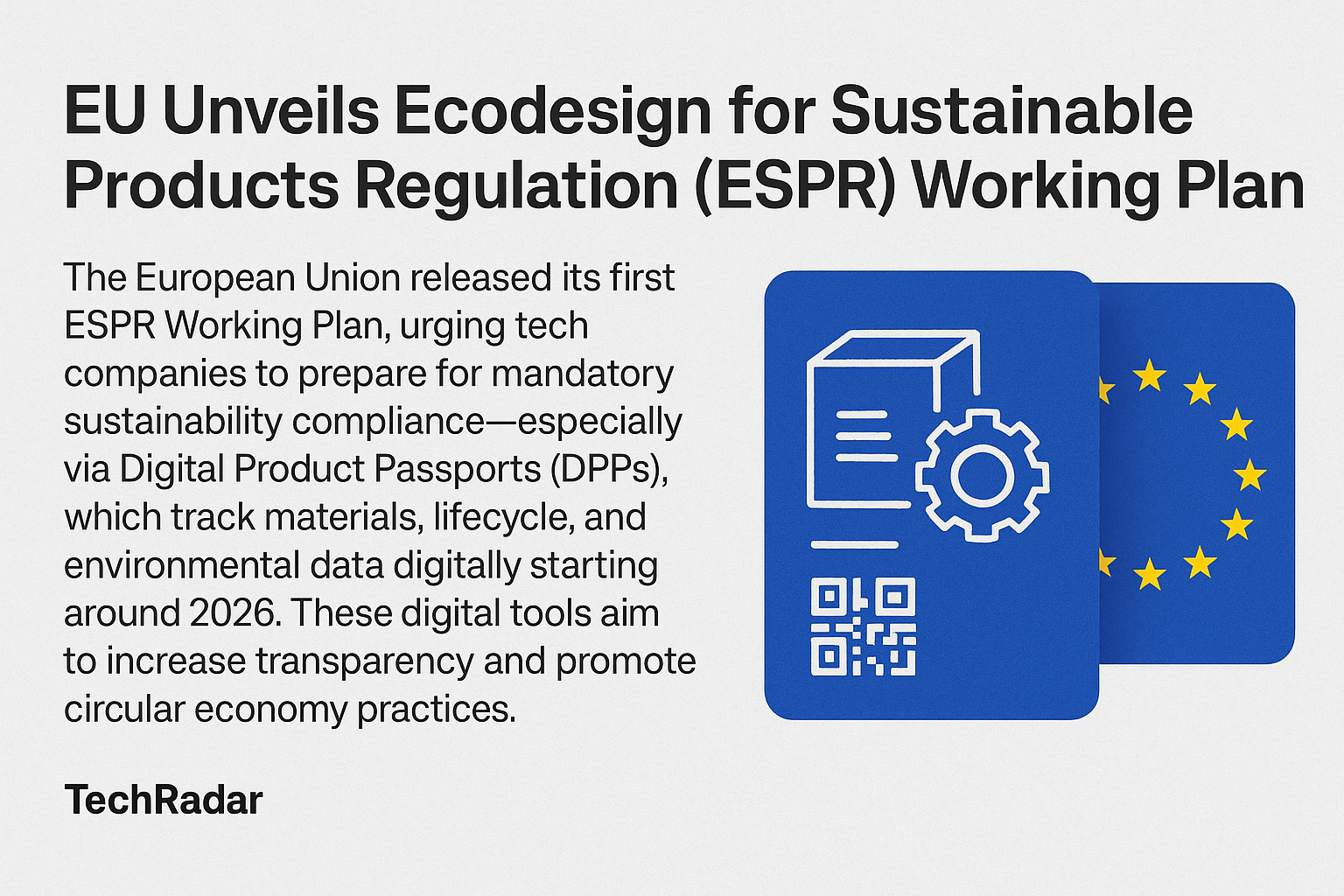In recent years, the circular economy has emerged as a transformative model that challenges traditional linear methods of production and consumption. Instead of following the “take, make, dispose” model, industries are now embracing a circular approach where resources are reused and recycled, significantly reducing waste and environmental impact.
What is a Circular Economy?
The circular economy aims to close the loop of material usage. In this system, products are designed for a longer life span, and at the end of their use, they are either repaired, reused, or recycled back into production, minimizing waste and resource depletion. This not only reduces the pressure on natural resources but also contributes to lowering greenhouse gas emissions by limiting the need for new materials.
The Circular Shift in Industries
Many industries are already reaping the benefits of circular economy practices. For example, the fashion industry has seen a shift towards sustainable materials, with brands recycling fabrics and offering repair services to extend the life of clothing. Similarly, electronics manufacturers are developing products that can be disassembled and repurposed, reducing e-waste.
In construction, materials like steel and concrete are being recycled and reused in new projects, significantly cutting down the carbon footprint of the building sector. Automotive companies are also joining the movement, with recycled materials being used in car production and components being designed for easy recycling at the end of a vehicle’s life.
The Environmental Benefits
The rise of the circular economy holds the promise of significantly reducing environmental impact. By minimizing waste, industries contribute to lowering pollution levels, conserving natural resources, and promoting sustainable business models. The circular economy is a powerful tool in the global fight against climate change, helping industries transition towards greener practices.
The Road Ahead
As more companies and industries adopt circular models, the challenge remains in scaling these efforts to a global level. Governments and policymakers also play a critical role by creating incentives and regulations that support circular practices. The future of the circular economy looks promising, but collaboration across sectors and regions will be essential to achieving its full potential.
The rise of the circular economy is more than just a trend; it’s a necessary shift towards a more sustainable and resource-efficient world. As industries continue to innovate and adapt, the circular economy offers a pathway to a future where waste is minimized, resources are conserved, and the environmental impact is significantly reduced.




